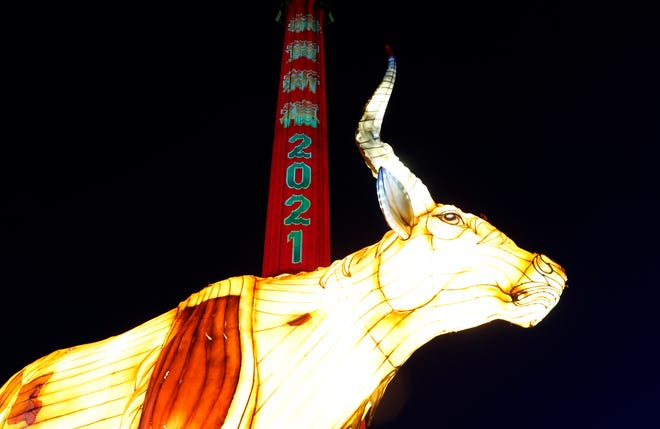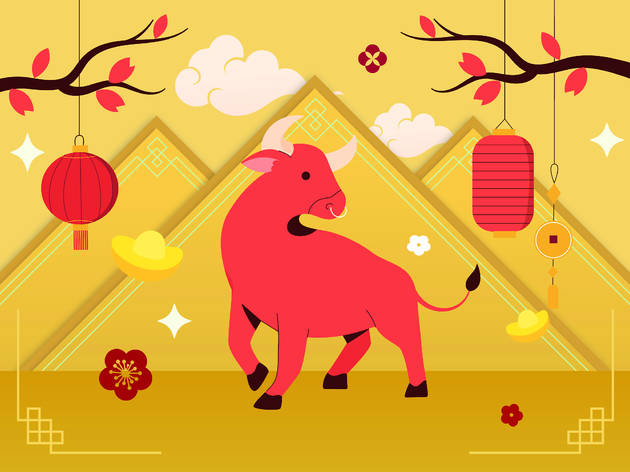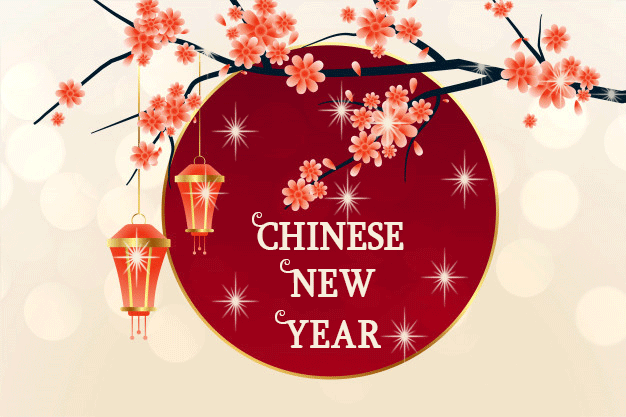Lunar New Year 2021: What does the ox symbolize, and how will it be celebrated during COVID-19 pandemic?

The following written content by Elinor Aspegren and Erin Jensen
Say goodbye to the Year of the Rat and hello to the Year of the Ox.
Lunar New Year – also known as the Chinese New Year or Spring Festival – begins Friday, ushering in the second animal on the Zodiac with the second new moon after the winter solstice.
Though the occasion is meant to be spent with family and friends, the coronavirus pandemic means that celebrations around the world – from the United States to Britain to China – will look different this year for the 1.5 billion people who observe the occasion.

Here’s what to know about the holiday and what may change with COVID-19:
What does Lunar New Year signify?
The new year is a chance to start fresh, see loved ones and share in the hope of good things to come.
Vickie Lee, author of the children’s book “Ruby’s Chinese New Year,” told USA TODAY last year that Lunar New Year as “the most important and the most popular holiday for Chinese people and in the Chinese culture.”
“It’s a very joyful holiday (when) you’re supposed to go home, see your family,” she said. “In China, they celebrate it for two full weeks, and people actually travel home and from far, far away.”
Advertisement
Zhaojin Zeng, a professor of East Asian history at the University of Pittsburgh, compared the occasion to Thanksgiving in America, emphasizing the importance of time spent with family.
When does Chinese New Year start?
Because the holiday is tied to the year’s first new moon, the timing will vary. It can fall in January or early February, Lee told USA TODAY.
In China, the festival lasts 15 days, starting with a feast the night of New Year’s Eve and ending this year with the Spring Lantern Festival on Feb. 26. Vietnam’s Tết Nguyên Đán goes for up to a week, and Lunar New Year in South Korea, known as Seollal, runs for three days. Read more from USA Today.






